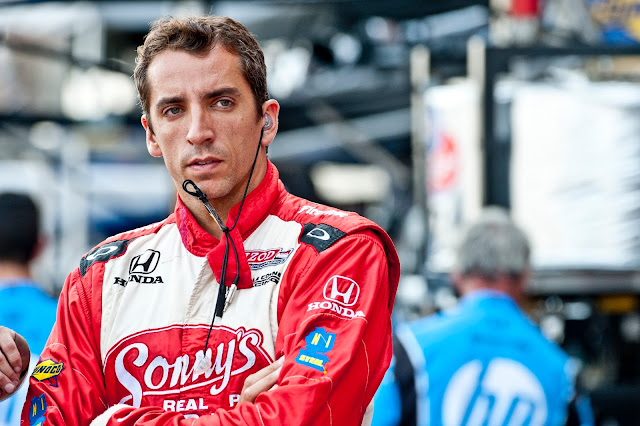IndyCar's Justin Wilson dies from head trauma
Barely a month after the death of Formula 1 driver Jules Bianchi, the racing world has been struck with another tragedy. Indycar racer ...
https://automology.blogspot.com/2015/08/indycars-justin-wilson-dies-from-head.html
Barely a month after the death of Formula 1 driver Jules Bianchi, the racing world has been struck with another tragedy. Indycar racer and motorsports veteran, Justin Wilson, passed away on 24 August, after sustaining head injuries during the Verizon IndyCar Series event at the Pocono Raceway the day before.
On 180th lap of the 200-lap race, rookie Sage Karam was leading the field when he crashed at Turn One. Debris bounced across the track as other drivers swerved to avoid Karem’s car; the nosecone took to the air and flew towards Wilson, hitting his helmet. Wilson, who was racing for Andretti Autosport, was knocked unconscious immediately, and his car veered left and collided head first into a wall. Emergency workers rushed to extricate Wilson from the wreckage and he was airlifted to the hospital, where he remained in a coma before passing away on Monday.
Wilson was a native of Sheffield, England, who claimed his seventh IndyCar win in 2012 at the Texas Motor Speedway; he competed in Formula One in 2003, with Minardi and Jaguar, and he won the 50th anniversary Rolex 24 at Daytona in 2012 with a Michael Shank Racing sportscar. Outside of motorsports, he worked to raise awareness on dyslexia and even spoke about it at the racetracks, having experienced the disorder in his youth. He was also an avid cyclist and mountain-biker.
Younger brother, Stefan, who had followed his brother's footsteps into motorsports, tweeted the day after his brother’s death, “@justin_wilson saved 6 lives today. He just keeps setting the bar higher”, revealing that Wilson was an organ donor.
The last time that IndyCar experienced a death was only four years ago, when Dan Wheldon died in Las Vegas. Wilson’s death has opened up discussions again about whether open-wheel race cars should have covered cockpits to protect drivers from wayward debris, but unfortunately it isn’t so easy. Covered cockpits might offer protection but also prevent the driver from escaping if the car, say, caught fire, making it a double-edged sword. But over time, the exposed area of a driver’s body had reduced, in the name of safety. A driver now has protective structures covering his/her shoulders and sides of the head, but the front of the helmet remains exposed, and Bianchi, Wheldon and Wilson died from trauma to the head.
Safety in motorsports has come a long way and keeps improving year upon year, but regardless of new precautions and technology, it will always remain an extreme sport and you’ve got to really love it to risk your life being in it.










